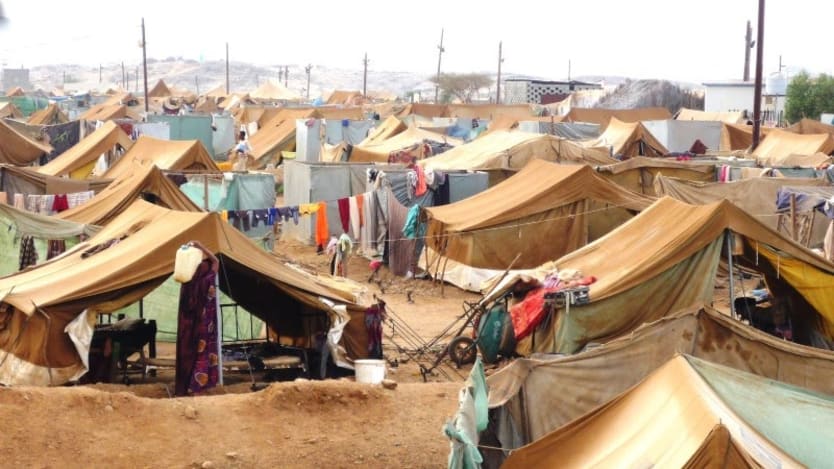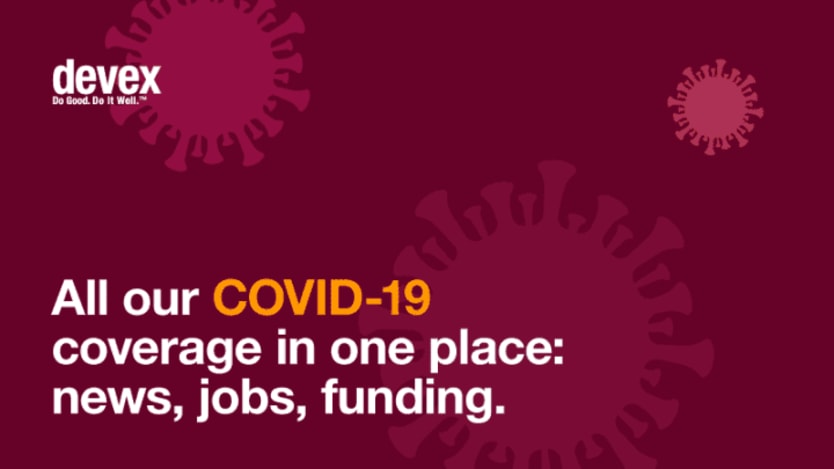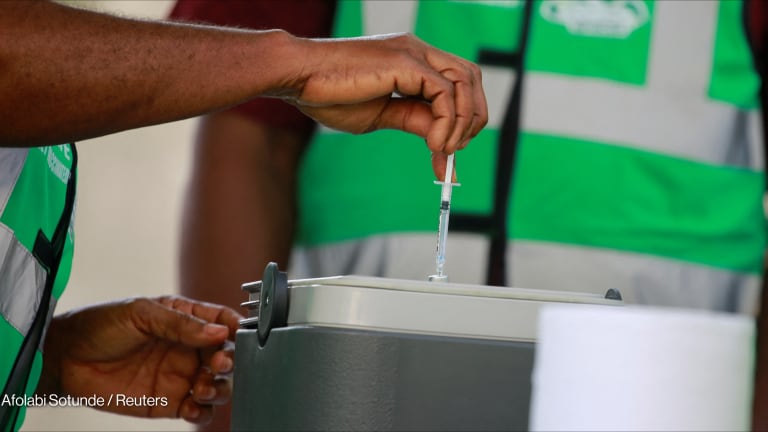
NEW YORK — U.N. humanitarian workers in Yemen are accustomed to working in dangerous and unpredictable situations. But COVID-19 is challenging their work in new ways, limiting access to the field and complicating fragile communications with local partners.
“This was the main thing to do — really interesting fieldwork. With COVID-19, we lost this. It was difficult to go out, first internally, because with the U.N. we were asked to work from home,” said Sonia Almassad, a Syrian native now working as a field program officer in Yemen for the U.N. Office for the Coordination of Humanitarian Affairs.
Almassad, the only female OCHA field worker in Yemen, was one of the “real-life heroes” recognized by OCHA in the lead up to World Humanitarian Day on Wednesday.
Before the pandemic, aid workers in Yemen and other hotspot crisis zones were already facing increasing risks. Attacks on aid workers have risen over the last few years, and last year was the most violent on record for humanitarians, according to the 2020 “Aid Worker Security Report.”
“Today's new reality of the coronavirus makes delivering aid even more dangerous. With a silent killer on the loose and restrictions on our movements to communities in need; we need diplomats, military, religious and political leaders to do more to protect our field workers from armed violence. They are not a target,” Jan Egeland, secretary-general of the Norwegian Refugee Council, said in a media statement ahead of World Humanitarian Day.
Country travel restrictions and increased health risks are part of the new norm for many international and local aid workers, who are also now challenged by unreliable internet connectivity as the pandemic forces work online.
In Yemen, intermittent internet access is one logistical complication that the pandemic has worsened, explained Almassad, who serves as a humanitarian access negotiator between the country’s warring parties. Yemen’s five-year civil war between the Houthi rebel group and a Saudi-led coalition has continued unabated over the last several months, despite a U.N. Security Council resolution for a temporary global ceasefire during the pandemic.
“We discussed with local authorities that they need to change with us, but they are not a big fan of online meetings. Some of them even don’t have the skills to do it. We are trying to support them with that,” Almassad said.
“Online meetings are not easy, because some people can hear you and others cannot, or the local partners do not have it. The U.N. can have good internet in their office, but this is not enough. You need everyone to have good internet access,” Almassad continued.
She explained that she now spends more time than ever before communicating with local partners via phone, making her more dependent on this medium to keep up regular communication and maintain relationships.
U.N. field visits to conflict and vulnerable regions across Yemen have become more uncommon during the pandemic because of COVID-19 concerns, creating larger gaps in the awareness of Yemeni people’s specific needs. Over 20 million people in Yemen are considered food insecure. And while COVID-19 is considered to be spreading throughout Yemeni communities, lack of testing and health care access means the disease’s reach is not fully known.
Humanitarian funding shortfalls have also prompted the U.N. to cut WASH programs and other aid work in Yemen over the last few months. IDP camps that once received clean water deliveries twice a week now receive them once every two weeks, according to Almassad.
“We don’t really go to the frontlines, but we used to go nearby where you can see the IDPs, the more affected situation, and you can see what type of services they need, what is available, and this was very important because if you see things by yourself, you can push more. You know exactly what people need,” Almassad said.
“We have somehow a big picture idea about what is going on, but it is different when you have access. It is not the same. We still have data and local partners share information with us. We are trying to get a clear picture of what is going on as much as possible,” Almassad explained.
Almassad expressed hope that travel restrictions will ease next month, but it remains unclear, she said.
“Our movements are still very restricted, and we hope that by the beginning of September things will be better, and more flexible, but we don’t know how much will be open,” Almassad said.









